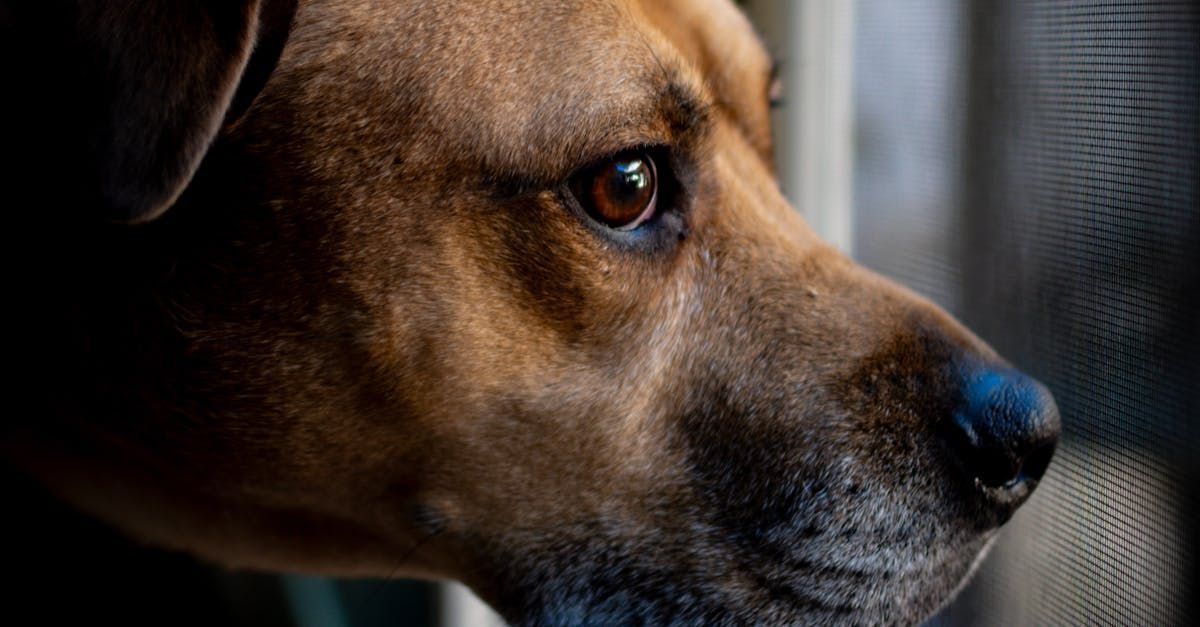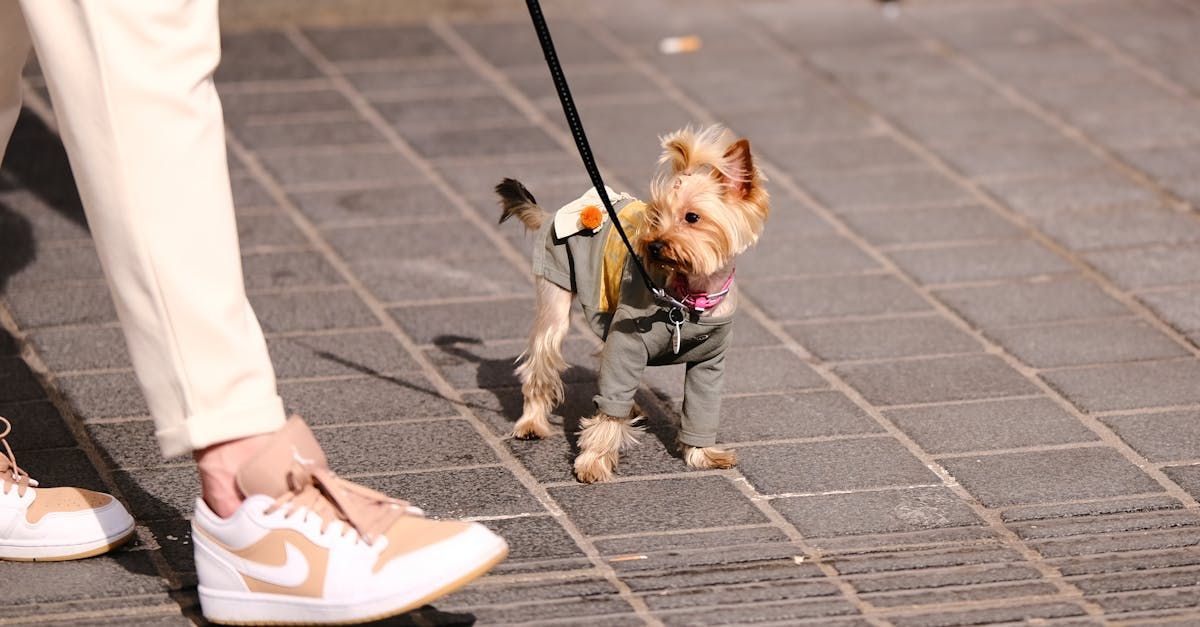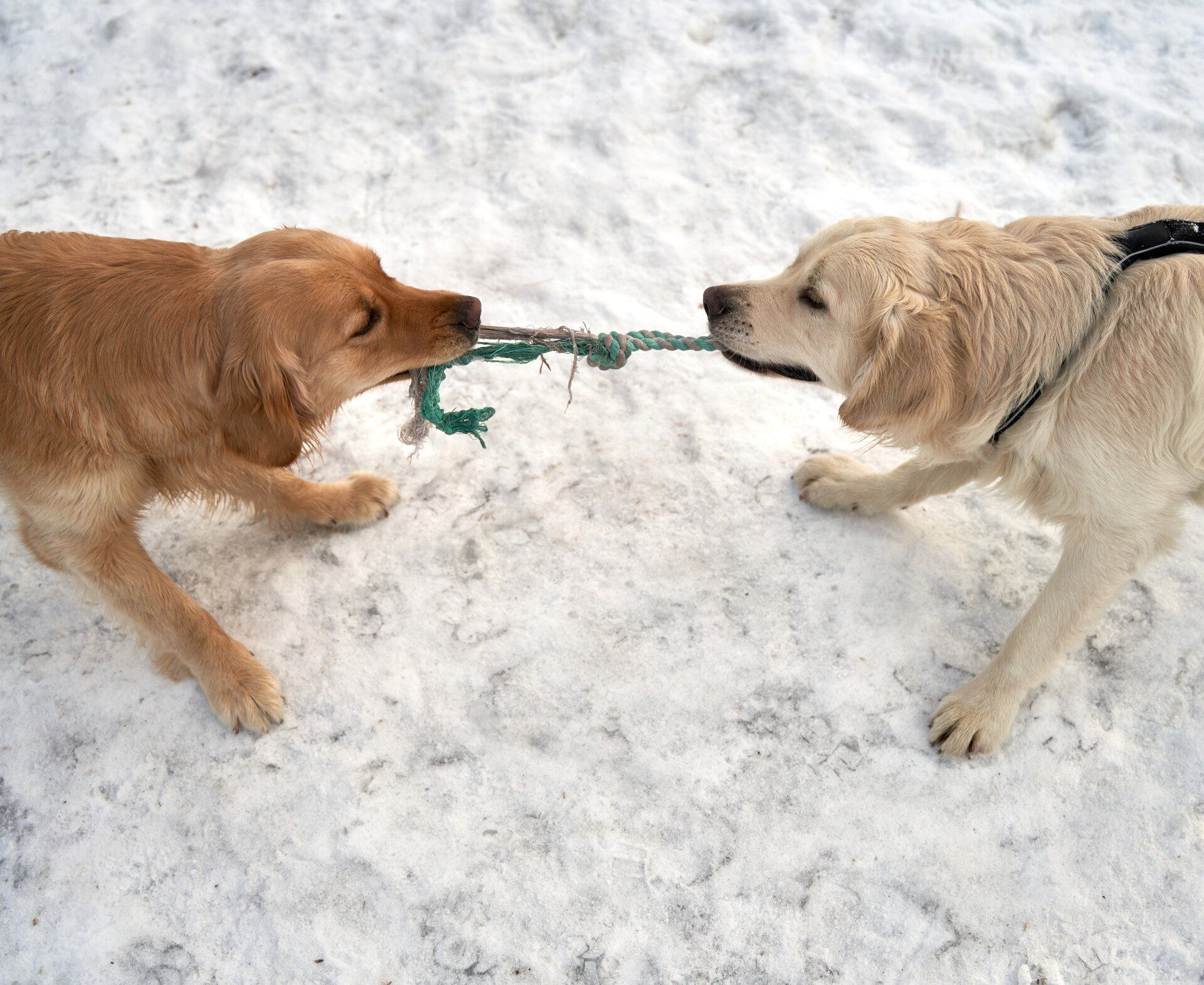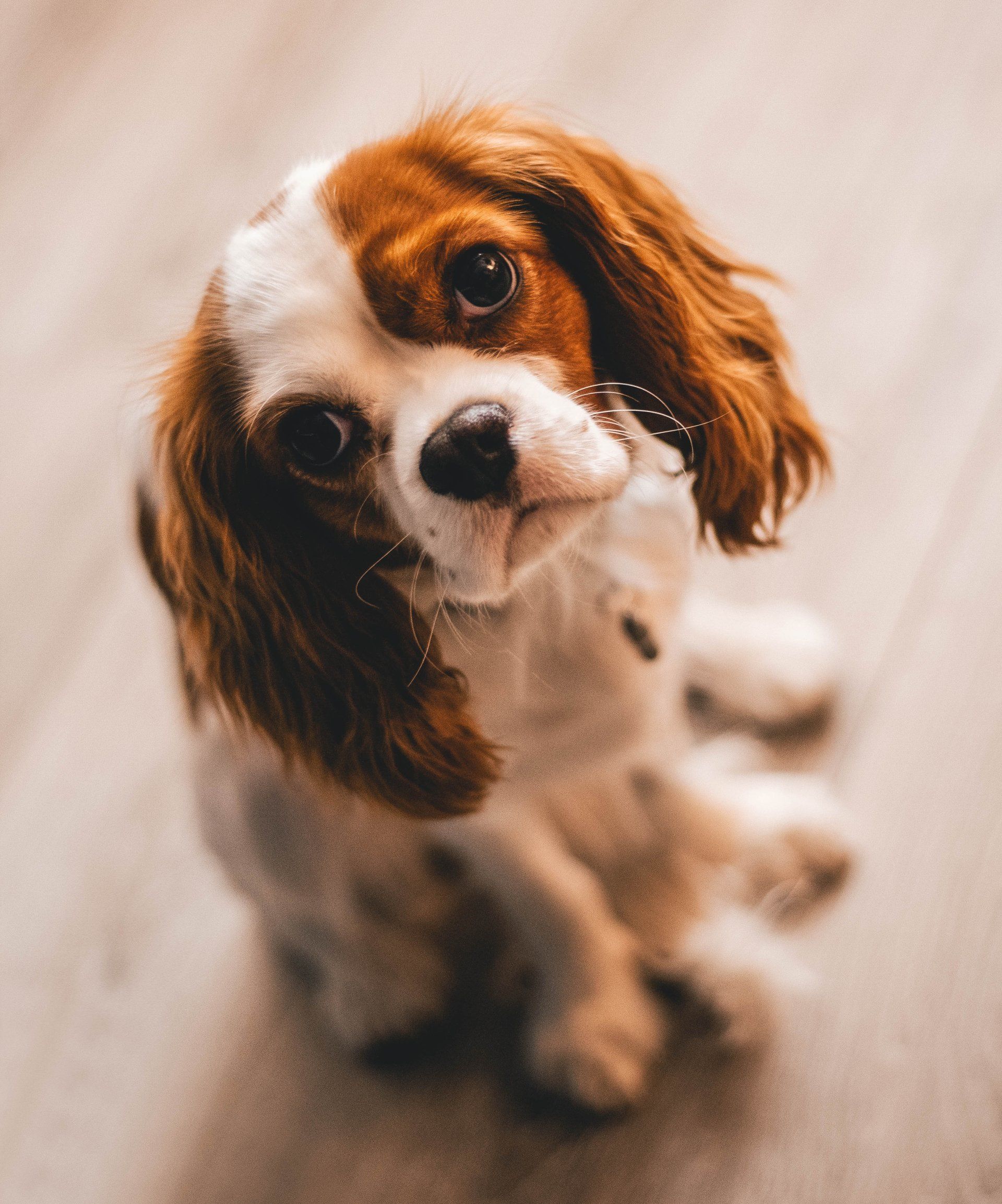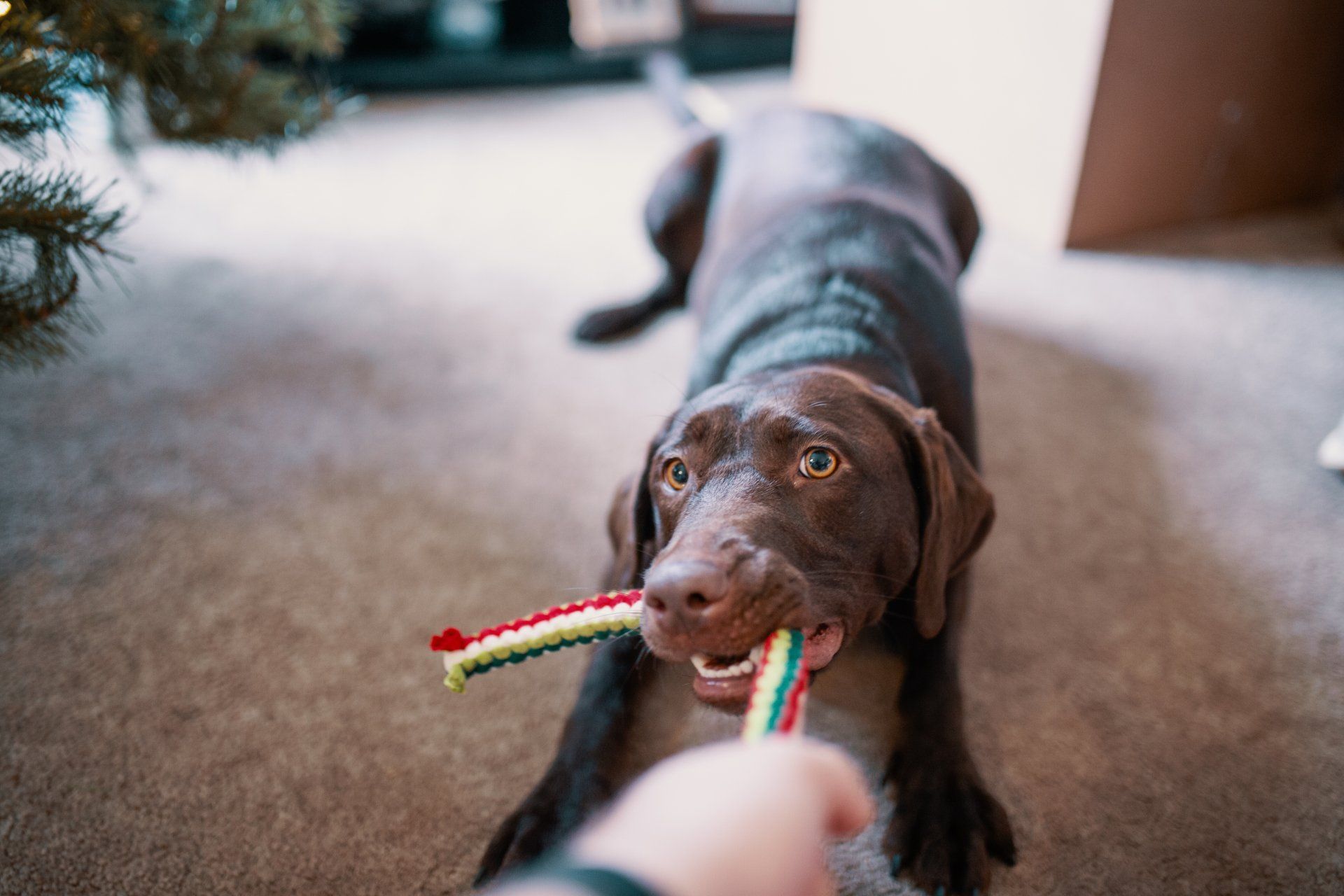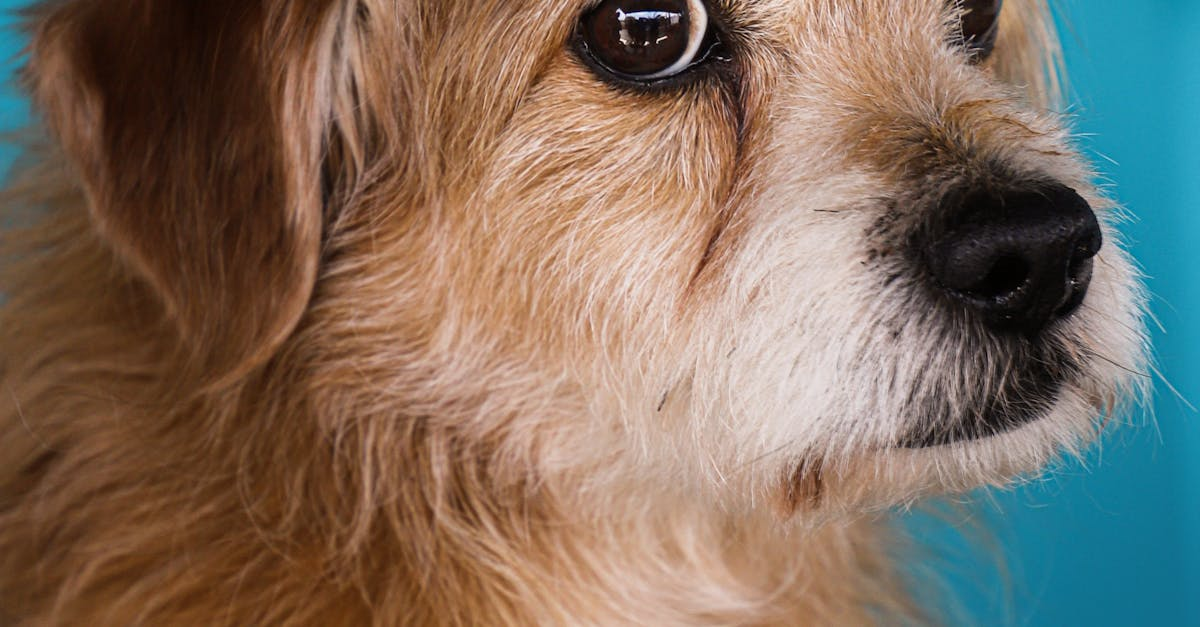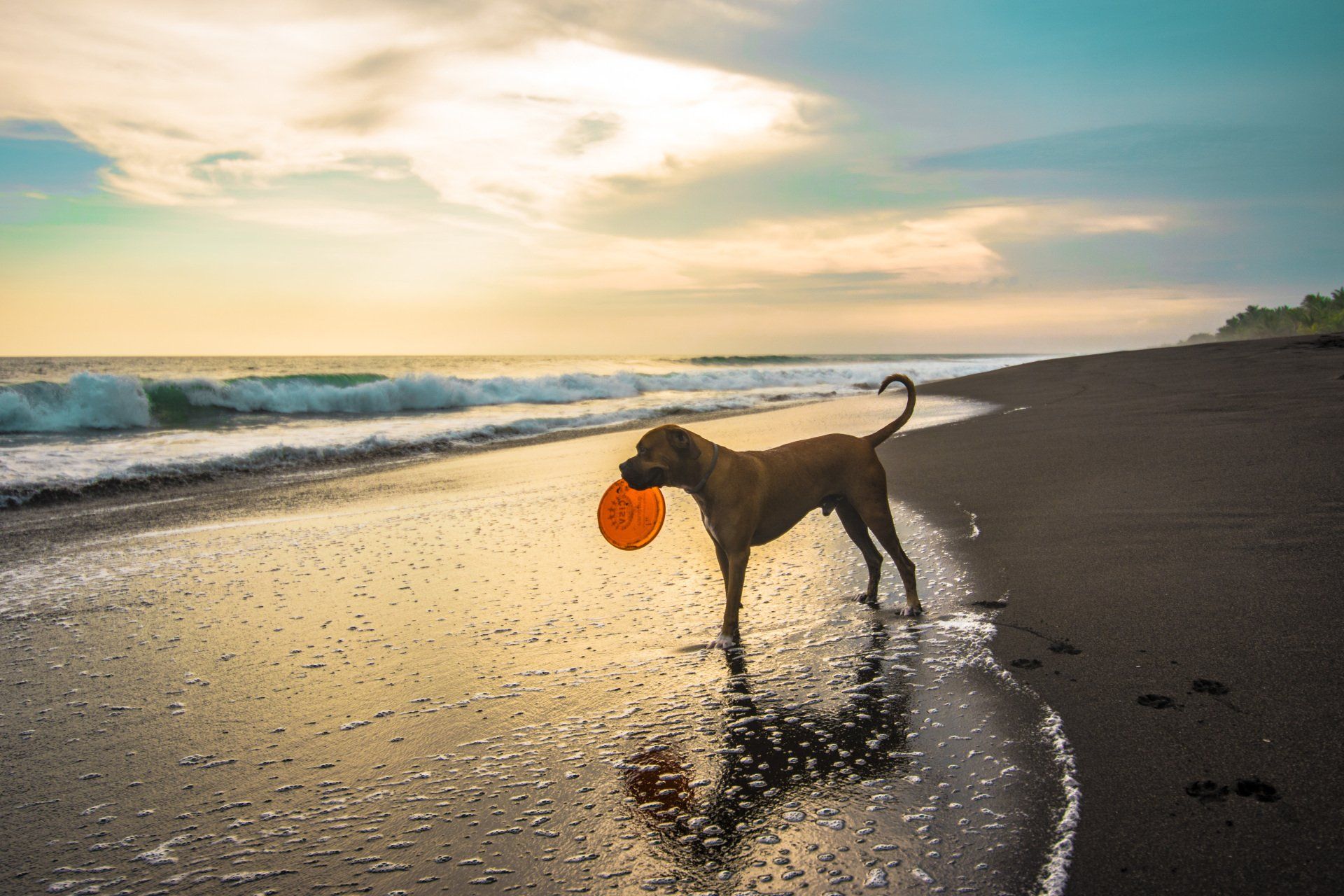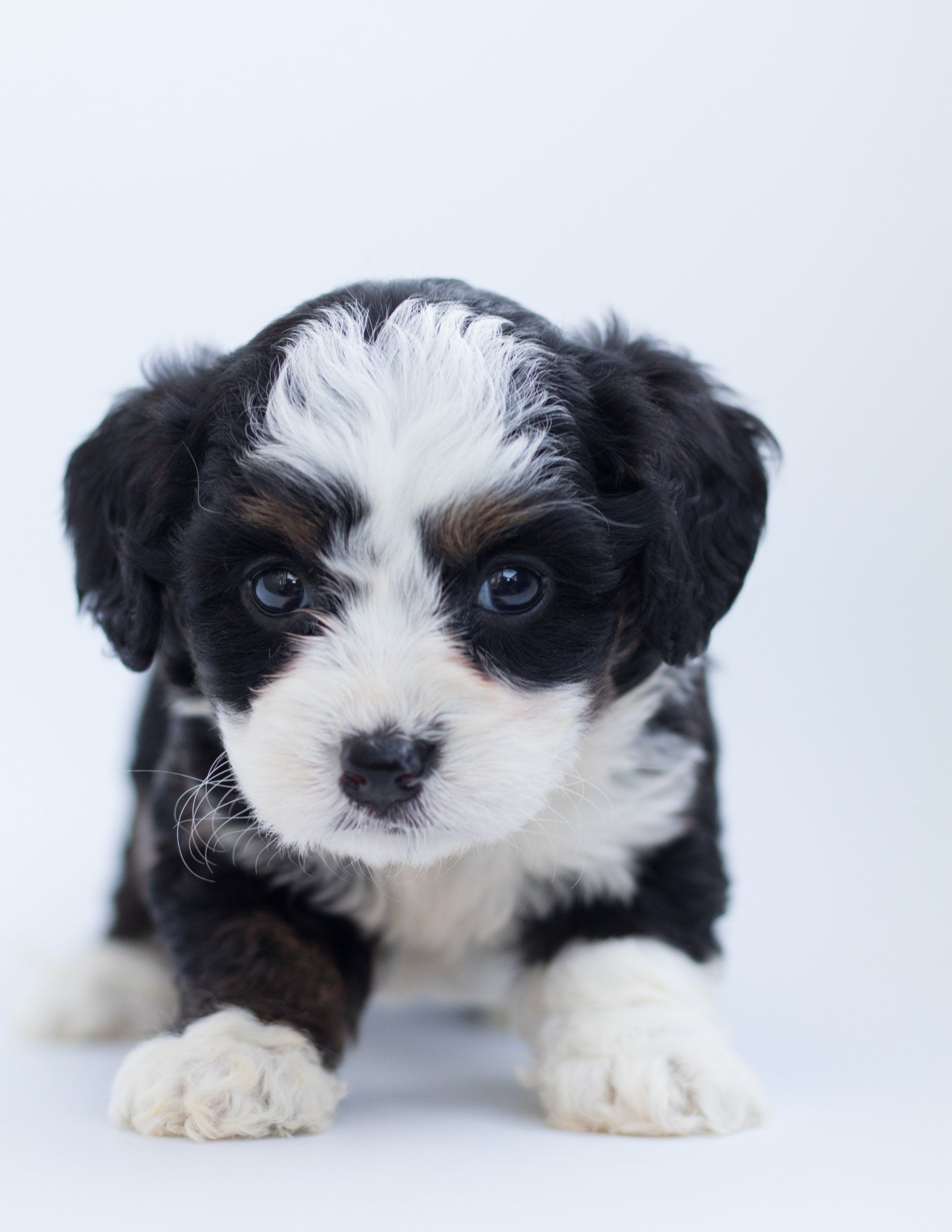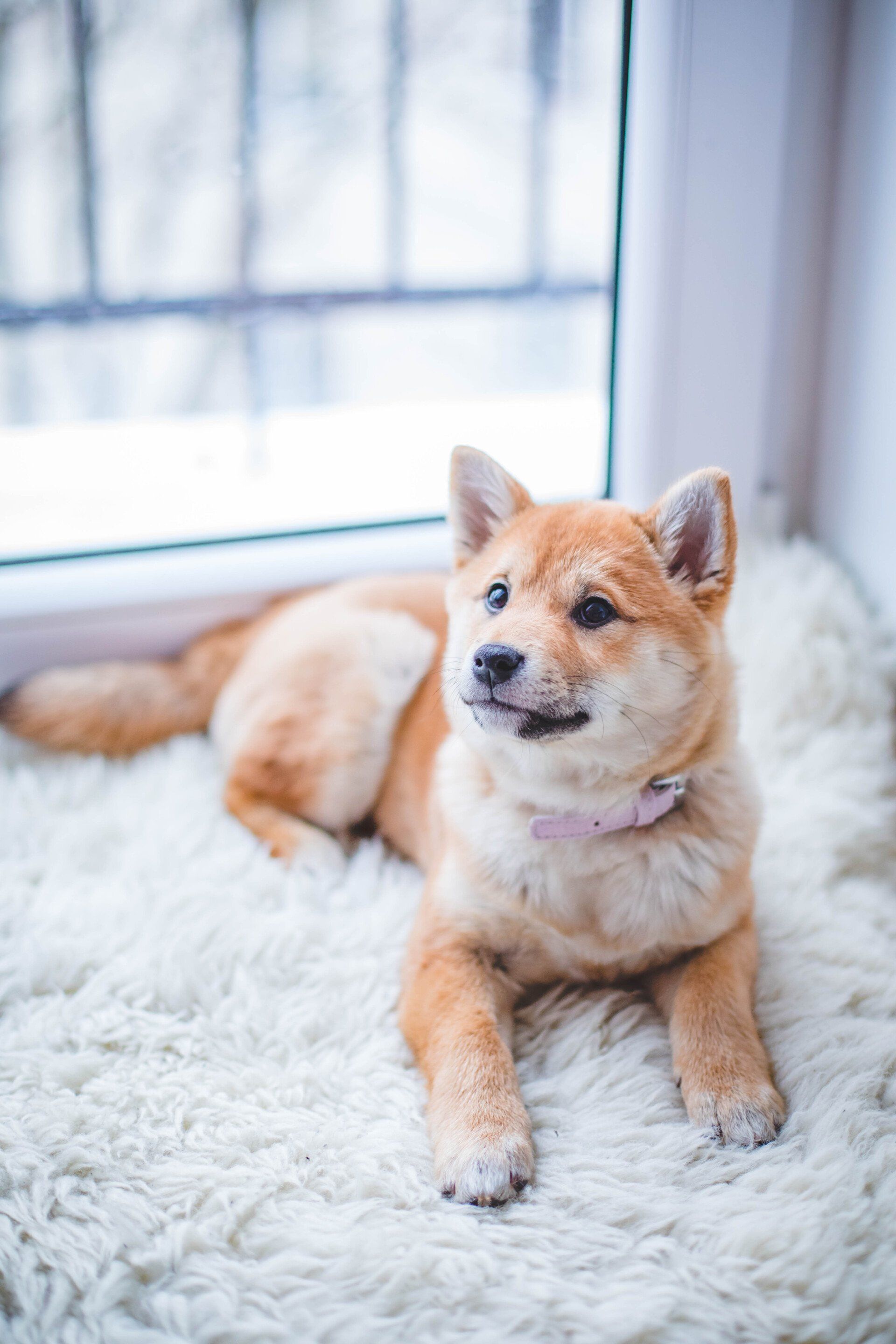An Introduction: My Journey to Training Dogs
Meet Brad Hardin: Head Dog Trainer, Southern Warrior K9 LLC
The Beginning
Bradley Hardin. Born in Midwest City, Oklahoma. My family lived on the east side of Oklahoma City, where I grew up in the Harrah area. Mom and Dad raised and bred Rottweilers. Growing up and living out in the country, I saw and heard of a lot of the houses getting broken into. Ours never did. Those experiences drove my interest in protection work, the guard dog stuff. Having Rottweilers around the house growing up, I always thought that dogs just did some of the things they did naturally. If anyone came to the house, they would bark and be aggressive. Our houses never got broken into because of that.
2005 I went to my first protection workshop in Oklahoma City. It was an IPO (Internationale Prüfungs-Ordnung or Protection Training) seminar with Ivan Balabanov. With over 40 years of experience, Balabanov has become synonymous with dog training. He has garnered many titles for his work, including two world championships. He is also a renowned FCI (Fédération Cynologique Internationale) judge. What I saw at the seminar gave me a sense of amazement. Up to that point, I thought you had to be a police officer or in the military to be able to do those things—train protection dogs. It lit a fire of passion beneath me. It looked like fun. I wanted to do train protection dogs.
Shortly after the seminar in Oklahoma City, I moved to Denver, Colorado. That is where I got hooked up with Charlie Batholomew’s training establishment—Colorado Mondioring Club. She asked me if I was afraid of dogs, and I said no. She asked me if I was afraid to get bit, and I said I might be a little afraid. Who wouldn’t be, right? Then she asked me if I would be willing to decoy. I told her it looked scary.
When she told me the decoys didn’t have to pay any sort of club fees or dues, I was in. At the time, I was a twenty-something-year-old with maybe $5 in my pocket. So, I said, “Yeah. Sign me up.” I wanted to do the protection work bad enough getting mauled really wasn’t a problem for me. She took me under her wing.
Charlie taught me a whole lot about training dogs to do things. I realized they didn’t just inherently know these things. I learned how to teach them to bite, to let go, obedience, and jumping with agility. She taught me about the sport mondioring. Mondioring was such a perfect fit for me because I had always been interested in protection dogs. It made more sense to me to go out and do a sport that was not patterned based. Your other sports involving dogs like IPO involves a pattern. There is nothing wrong with IPO. Watching it at the high level is like watching ballet. It is a beautiful art.
But that is not the same with mondioring. Charlie taught me a lot about training dogs. I have a very special place in my heart for her. She’s an incredible lady. It is not a cliché when I say she’s probably forgotten more about training dogs than most people will ever know. There is no way for me to express how much I learned from her.
My next step in training protection dogs happened when Charlie introduced me to Keith Jobe out of Amarillo, Texas. He really taught me how to catch a dog. How to put the suit on and let the dog bite. How to move when the dog’s biting me. How to do it to keep the dog safe. You cannot just put anyone out there in a suit and let the dog run at you because that increases the risk for injury to the decoy as well as the dog. I’ve seen guys get their legs broken because they didn’t catch the dog properly. I’ve also heard stories about dogs getting their necks broken because the decoy didn’t know what he was doing. You never want to see that.
It’s a dangerous contact sport. You risk getting bitten, broken bones. I’ve busted my ankle. I’ve had an ACL tear surgically repaired and a torn meniscus. Three torn ligaments in both ankles. It is a real thing. It is dangerous, and you do not want your decoy to be someone that just threw on a suit without knowing what to do. We like people to put on a suit in a controlled environment that does not risk harm to either the dog or the person just so they understand what a decoy goes through, the amount of work, and the amount of pain they have to tolerate. This is all so people can help progress their dogs. It helps people really appreciate the work being done.
There are two schools of thought when it comes to being a decoy. One, people that think you can throw anyone into a suit and send the dog to go bite. Two, people that understand that no one should ever allow an unskilled person to work a dog. Using an untrained person as decoy exposes the dog to a bad experience, and if the dog has a bad experience, it might get weird about biting. For example, if a decoy accidently stepped on a dog’s foot and broke it, the next time it goes to bite, it might be a little bit angrier or it might be hesitant to bite at all.
You have to train the person as well as the dog. When doing protection work, there is a lot of handling involved. Handling a working dog is like riding a horse. Your pet dogs are different because people expect those dogs to be well-mannered. A working dog is like a horse, an animal that is stronger than you, it’s faster than you, and it can really hurt you. Trying to muscle it through, can sometimes get you hurt. There are many different things that can happen, many different things that can go wrong. It’s not something just anyone can do.
Dogs have been my life. I have over 20 years of experience with working dogs. I have worked over 15 years with protection dogs. I have proven myself by being a trial decoy, including decoying the United States Mondioring Association’s championship in 2009. Since then, I’ve been training director and head decoy for three different clubs between Colorado, Oklahoma, and Texas. We prove our methods through sport. The way we look it is sport proves competency. The sport we play has an international standard accepted worldwide. Getting a dog to a mondioring three title—which is what I did with my last dog Kitty—takes as long as it would a student to get a college degree.
Here at our club Red Dirt Ringers, we take anywhere from two to four competitors to the national championships every year. In 2019, I podiumed two different dogs at two levels. My German Shepherd did so well, it earned us a spot on the world team. We were able to compete at the world championships in Poland in October 2019. This opportunity to work with dog trainers across the world impacted me so much that I am currently the vice president for the United States Mondioring Association.
The sport of Mondioring consists of three phases. All three phases are performed in one setting. First is obedience followed by agility. After that, you go directly into protection work. When you walk on the field with your dog, there’s no toys, no food, no leashes, no collars. The competing dogs have to be trained well to be kept off leash without having to use a bribe. It’s not like putting a leash on your dog and taking him into Pet Smart. You’re walking into an exciting and stimulating environment for your dog. And you’re taking the leash and collar off. Your animal needs to be trained and disciplined so things don’t get out of hand. Like I mentioned earlier, the dog is both stronger and faster than you.
When you tell your dog to walk with you, it has to stay by your side. You do your heeling patterns. You do your retrieves. You do your send-aways. You do your odor discrimination. Change of positions. Sit, down, and stand. Part of the competition is food refusal. We put our dog in “down.” We walk away, and somebody offers the dog food. The dog cannot even lick the food.
Those exercises have applications in common, everyday experiences. Let’s say I’m with my dog downtown and I want to go into a store that doesn’t allow dogs. I can put my dog in a sit-stay and just leave it. No one is going to be able to feed or take my dog. My dog is going to stay right there. It shouldn’t matter if there are people walking around because that is the world in which we live. That is why I feel the sport itself crosses over well into real world applications.
The theme of one trial in San Antonio was Valentine’s Day. I stuck my head through a board so what my dog saw was my face on a Cupid’s body. With my head sticking out the hole, I gave sit, down, stand commands several times. This can be challenging for a dog. But a well-trained one will have little trouble even with the unusual environment.
The sport I compete in proves my ability as a trainer with more than just one dog. I’ve competed with different breeds at the same competition, and I train different breeds, including German Shepherds, Belgian Malinois, Mastiffs, American Bulldogs, Rottweilers, and Dobermanns. We even trained a Husky once for protection. Many people think of German Shepherds or Belgium Malinois as the primary protection breeds. They are good to work with and fit the requirements almost perfectly. But I have trained many different breeds. When you take those off-breeds—as we call them—and you’re able to train them, teach them the exercises and contain and control, and get the dog to go through and work, it is quite rewarding.
There are videos out there with Belgian Malinois where the trainers do these flashy obedience videos. But if you give them a bulldog or a pit bull terrier, many won’t be able to train the dog to do the same thing. Our training programs are able to take dogs other than your typical protection breeds and successfully train them.
With consistent qualifiers in national competitions, the proof of our training methods is in the points, the results of scoring in competitions. They are the proof we know what we’re doing.
Several knowledgeable people have been major influences in my life and development as a trainer. These are the people whose legacies I strive to continue. These are the people, along with Charlie Batholomew and Keith Jobe, that have shaped my course as a trainer. I feel like I am carrying the torch that they have passed on to me.
Isai Rodriguez from San Antonio, Texas was one of the first mondioring and French ring decoys in America. He taught me a lot about trial work, how to use my instincts, how to really push a dog. From him I learned how to apply pressure, when to apply pressure, when to release it, how far can I push. He showed me how intimidating I need to be to a dog when I’m trying to challenge it as a decoy. I give him a lot of credit on how I work dogs these days when I’m in the suit. Pretty much everything I do when I’m in the suit working a dog I learned from him.
Jon Naroditsky taught me the compulsion side of training and how it can add clarity when it’s fair. He showed me how to keep the expectations fair and the instructions clear so the dog understands what the trainer is asking of it. You do this in a manner that does not add a lot of stress or anxiety to the animal. A lot of the old ways of compulsion training intensified the pressure on the dogs because it is not comfortable for them. John taught me how to do it with a light touch that avoids the tension and nervousness. Compulsion is about balance. You can reward a dog for doing the good things, but if you do not have a way to correct the dog when it does something you don’t want it to do, then you’re missing the other half of training.
I met my friend Kees Verbunt in 2009 when he and I both decoyed the national championships. He was the international decoy that we brought in. He has decoyed and competed at many world championships with podium finishes. Still today, he is one of the very best in the world, highly respected. We bring him over to train with us at least twice a year, and hopefully we can increase that or four to six times a year when this pandemic clears up. He has taught us a whole lot about being clear and showing the dogs vibrant ways that make it easier for them to understand what is expected of them. If it wasn’t for him, I don’t think the Red Dirt Ringers Club would be as successful as it is now.
Let’s get started.
Request a Phone Call from a Dog Trainer
We'll be in touch as soon as possible.
Dog Training Inquiry
Thank you for contacting Southern Warrior K9. We will get back to you as soon as possible
Oops, there was an error sending your message. Please try again, or email us directly at SouthernWarriorK9@gmail.com.
Contact Information:
Phone: (405) 326-0055
Email: SouthernWarriorK9@gmail.com
Address: 10451 OK-9, Norman, OK 73026
Disclosures
* Southern Warrior K9, LLC, and its training programs are not affiliated, sponsored, endorsed, approved, or associated with the American Kennel Club or the AKC Canine Good Citizen testing program. For more information about the AKC Canine Good Citizen testing program, please see https://www.akc.org/products-services/training-programs/canine-good-citizen/
** Nothing on this website should be considered legal advice. If you have legal questions about whether your dog qualifies for protected legal status as a service dog, please consult an attorney.
All Rights Reserved | Southern Warrior K-9, LLC.




